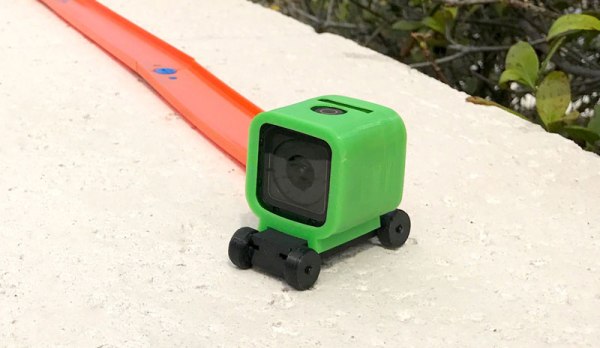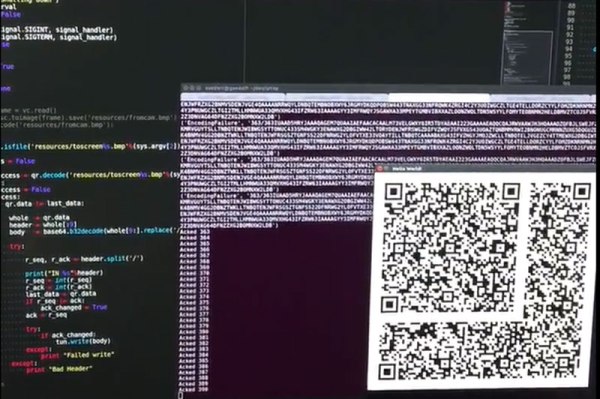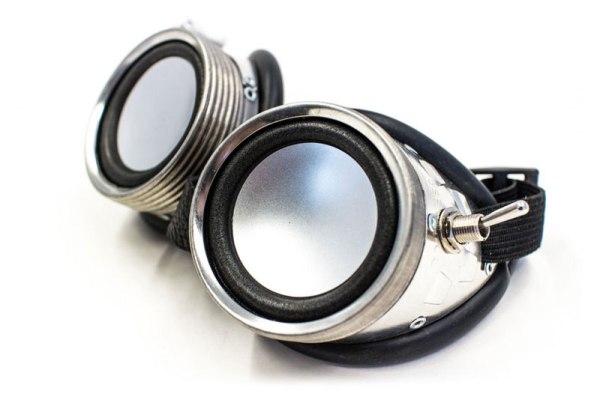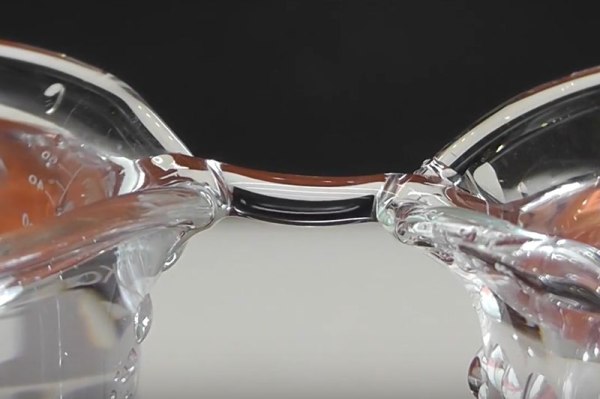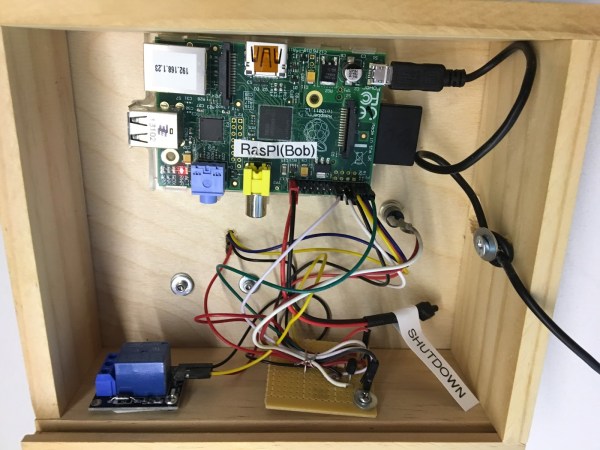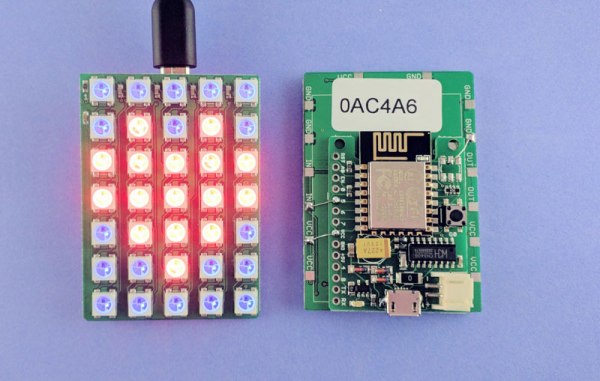There’s been a spate of YouTube videos of people strapping GoPro cameras onto things recently. [Ruiz] at [Adafruit] is looking to contribute to this trend with this tutorial on 3D printing a GoPro Session toy car mount. The entire toy car mount is 3D printed, except for the axles, which are made of the unprinted filament with melted ends to hold the wheels in place.
The part of the mount that fits around the camera is printed in a flexible filament (think Ninjaflex), so it holds on tightly to the GoPro and can be used as a bumper as well. The car that fits into the base of the camera sleeve is designed to run on Hot Wheels track so that you can lay out your shots and keep the subject in frame. It’s a neat design that could be useful for creating an interesting point of view in a video.
If you have hotwheel, a GoPro (or other tiny camera), and 3D printer this is the project that will get you through the holiday without the kids driving you crazy. Good luck dear hackers.

